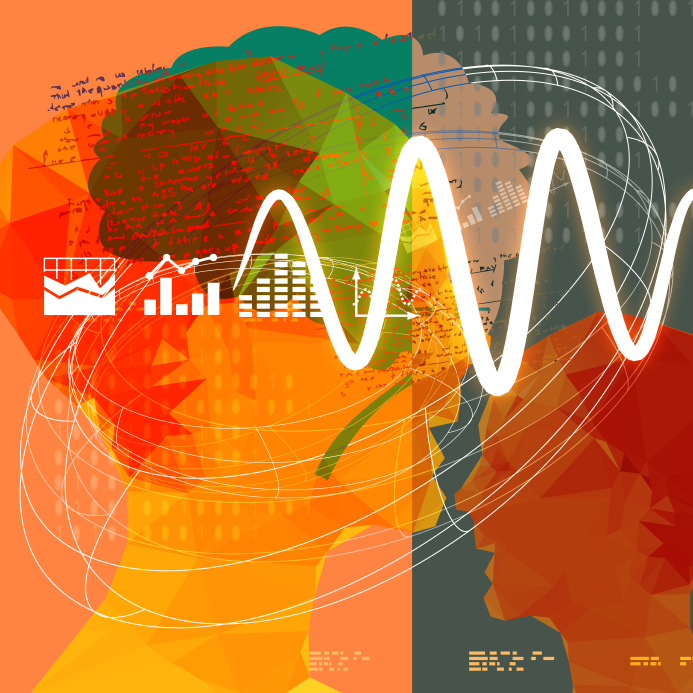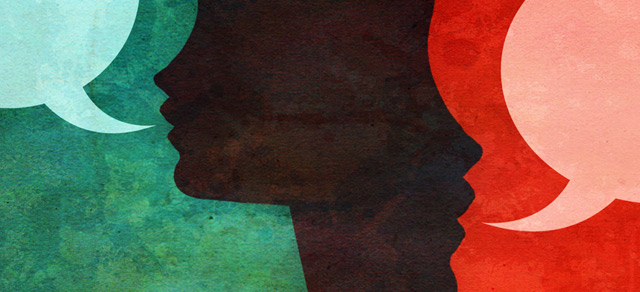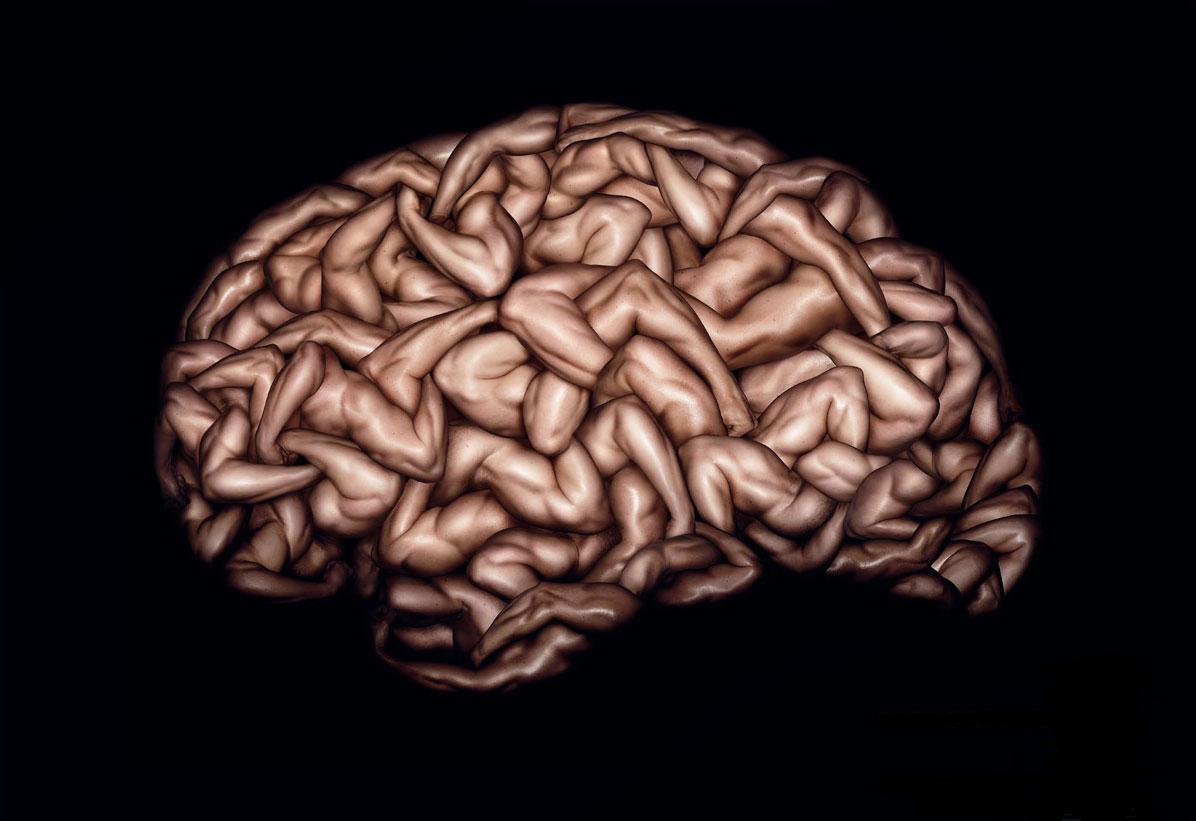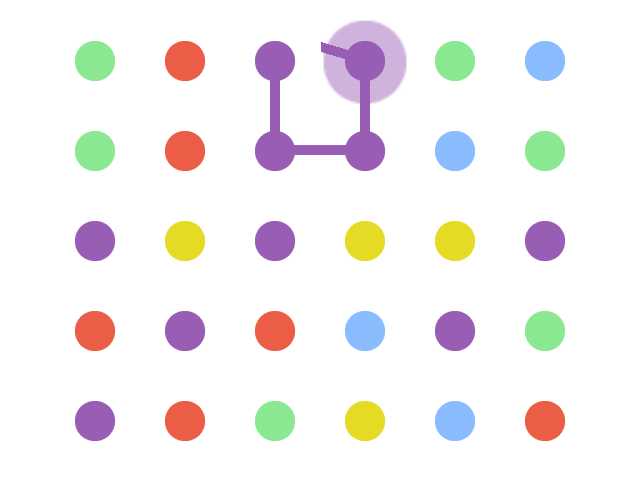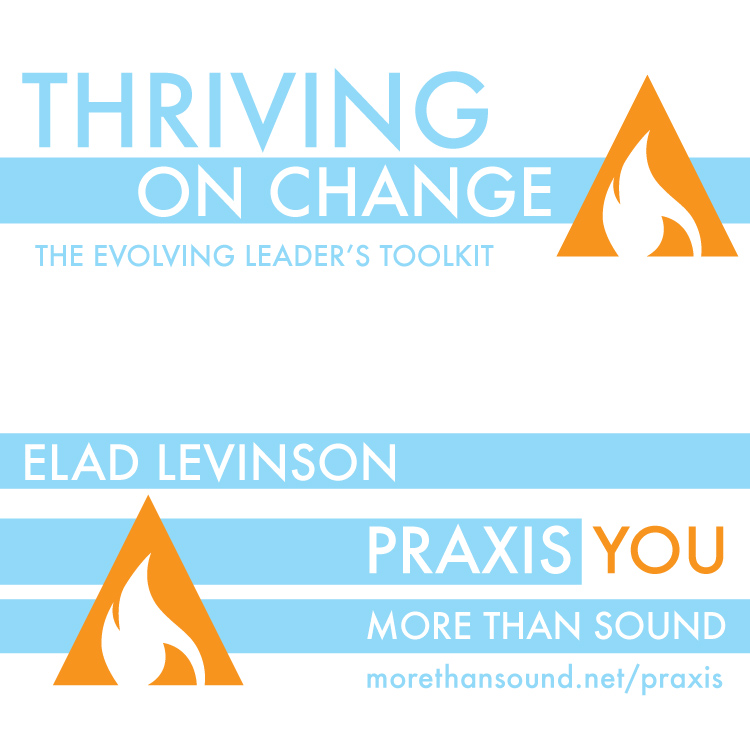

Mindfulness Coaching: Practice Makes Perfect
Juliet Adams’s coursework for her Masters degree in training and performance management didn’t include mindfulness coaching. And, it showed. She pushed hard to achieve, and paid the price in stress. Adams worked beyond peak performance. The result? Burnout. Then, she discovered mindfulness. With these practical techniques in her mental toolkit, she was able to recognize that her clenched jaw and raised shoulders meant stress and how to shift out of that.
At first, Adams used mindfulness for her own well-being. Then, her own learning about the impact of mindfulness seeped into her work. Initially, she noticed a shift around how she approached her job. Then, she started to incorporate aspects of mindfulness into her consulting practice. She’s found her clients to be very receptive.
Adams is now the author of Mindfulness at Work for Dummies and Mindful Leadership for Dummies. She is also the founder of Mindfulnet.org and the director of A Head for Work, a leadership and workplace productivity firm. She’s also a contributor to Thriving on Change: The Evolving Leader’s Toolkit. Adams joined More Than Sound founder Hanuman Goleman for a conversation as part of More Than Sound’s “What is Mindfulness?” podcast series.
Mindfulness Coaching in Organizations
How do you introduce mindfulness in an organization? That’s a question Daniel Goleman explores in his article, “Introducing Mindfulness in Organizations.” Goleman shares advice from his colleague and a key adviser to Google’s Search Inside Yourself curriculum, Mirabai Bush. Bush said, “When I meet with prospective clients, I listen not just for what they need – but what they perceive that they need. That helps me determine my approach. There are so many different ways to talk about mindfulness and its effects.” Bush has developed different exercises for use in a range of settings, available in her audio collection Working with Mindfulness.
If you’re in a position to hire a mindfulness coach, the first question that often comes to mind is: what makes a good mindfulness coach? Mirabai Bush offers some insights for organizations looking for such services, and for what it takes to be an effective coach:
Mindful presence
When you’re interviewing potential teachers or coaches, notice whether the person is in the moment, without judgment, and really present for you.
Training
Before people begin to teach mindfulness, they should do significant practice, not just in mindfulness but in teaching mindfulness. There are several reputable training programs available such as Jon Kabat-Zinn’s Mindfulness Based Stress Reduction program.
Experience
Again, teaching mindfulness is different from practicing mindfulness. There are many people who want to start teaching right after they learn it. After spending some time practicing – or even after some formal training – it’s easy to assume, “Oh, I could teach people to sit down and bring their attention to their breath and breathe in and out. Anybody can teach that.” But that is not true.
Coaching style
With mindfulness coaching and training in an organization, you’re asking your team to look inside themselves and begin an inquiry into the parts of our minds, bodies and hearts that most of us ignore most of the time. That’s profound. You really want to have someone you can trust to lead you through that exercise.
What the Research Says
Bush discussed how to apply mindfulness research and techniques in organizations with Jeremy Hunter, Daniel Goleman, Richard Davidson, and George Kohlrieser in the print book, Working with Mindfulness: Research and Practice of Mindful Techniques in Organizations. In that book, Bush and Goleman spoke about their experience of introducing mindfulness techniques to secular audiences – including the US Army. Here’s an excerpt from their discussion:
Mirabai Bush: For a long time there was a lot of resistance to introducing mindful techniques in some of the organizations I worked with. But as soon as people agree to try it, the benefits become very obvious. Participants become more calm, more clear. They begin to have better insight into what’s happening, and they begin to get along better with the people they’re working with. So once people agree to try it, there’s really no problem. But there is still resistance to trying it, although much less since the publication of the neuroscientific research on mindfulness. All the work that’s come from Richard Davidson and others has really helped people get past a certain level of resistance and skepticism.
Daniel Goleman: I can give you a little background on that change. You mentioned Davidson. He is now a neuroscientist at the University of Wisconsin at Madison. Richard and I were fellow graduate students at Harvard. He was the other one who was interested in meditation. He did his dissertation on attention and so on, and he has gone on to develop a field called Contemplative Neuroscience, which has upgraded the quality of the research on mindfulness and meditation.
Until Richard’s work, frankly, some was great, and some was terrible. Now this research is using fMRIs and state-of-the-art brain imaging. What it’s showing is what we knew intuitively when we were in India, which is that these practices can be quite transformative. And if you practice them a lot, it’s really transformative. If you practice a little, it’s still transformative.
What we found in the research on relaxation was that one of the byproducts of focusing your mind is that your body lets go and relaxes. And the reason it lets go is that one of the things that keeps us stressed is these tight loops of thoughts and ruminations””what’s on my mind, what’s upsetting me””which are hard to let go.
Meditation training, whether it’s mindfulness or any other kind of meditation, teaches you how to drop those upsetting thoughts. Our understanding is that it’s the letting go of those thoughts, putting your mind in a neutral or present place and keeping it there, that causes the body to be able to drop the tension, let go of the stress, and then get deeply relaxed.

We asked leaders who are shaping the mindfulness movement to offer a more nuanced survey of the mindfulness landscape. Listen to the podcasts here.
Mindfulness Coaching Audio Resources
Cultivating Focus: Techniques for Excellence
Relax: 6 Techniques to Lower Your Stress
Brainpower: Mindsight and Emotional Intelligence in Leadership




